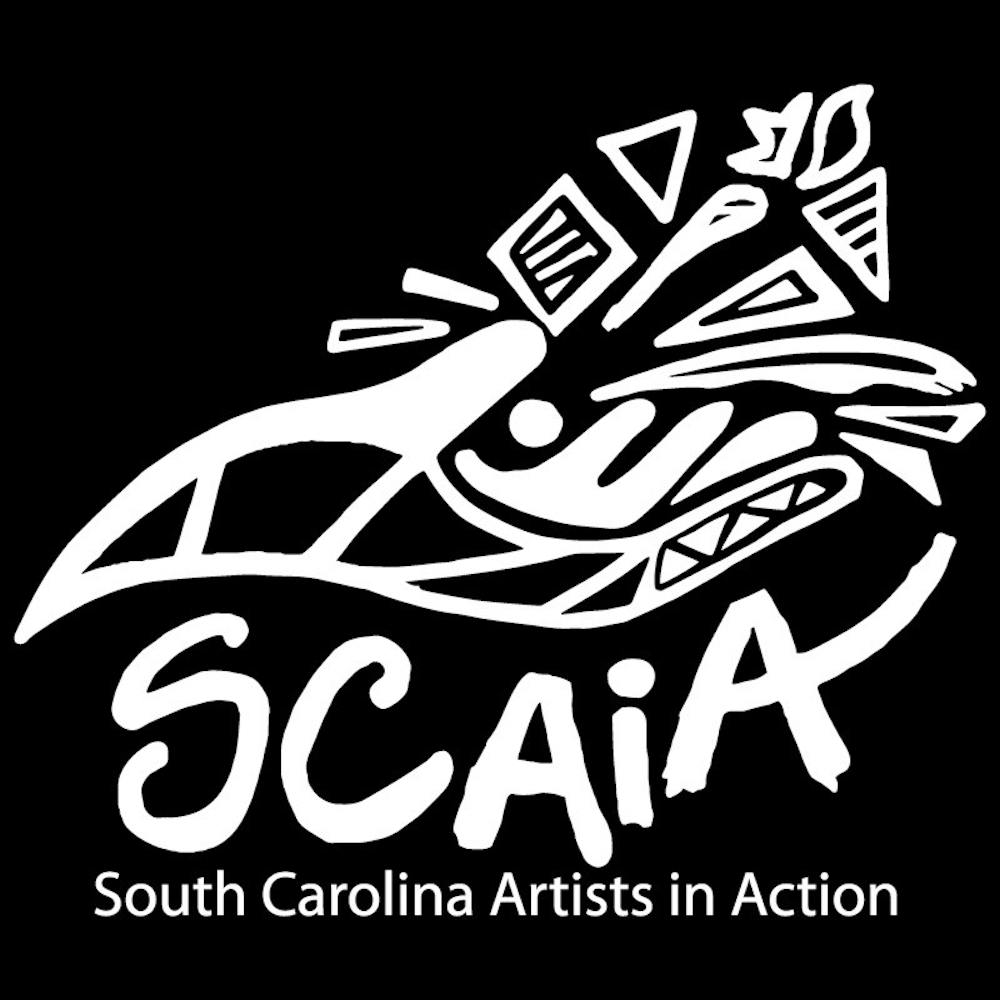After spending years performing as a South Carolina theater artist and working closely with organizations such as the South Carolina Arts Commission (SCAC), Triza Cox has seen numerous initiatives to create equity and equality within South Carolina's art scene. South Carolina Artists in Action (SCAiA), a new SCAC program for which Cox serves as a committee member, stands out to her as more than a temporary fix.
"What works with this initiative and this task force, is that it is a very comprehensive and well thought out ... process, and it's not just, like, trying to put a band-aid over, you know, issues that have been 400 years in the making," Cox said.
According to SCAiA's mission statement, the program seeks to "identify and implement best practices enabling Black artist and Black artist institutions to advance, support, and sustain equitable, inclusive working relationships."
These best practices will be identified and instituted based on results from an anonymous community survey available on the SCAiA web page, according to SCAC artist development director Ce Scott-Fitts. The survey is designed to gather information about the specific needs and challenges faced by local Black artists. Scott-Fitts said getting this kind of feedback is important because not all Black artists have the same experience.
"Part of the reason why we are starting with a survey is that the committee has decided that we don't want to presume that we know we can speak for all Black artists in South Carolina," Scott-Fitts said. "After we get the survey back and get some feedback from a lot of the Black artists here, that will help us shape the program and what we're going to do."
Community reactions to the program have been "'Yes,' 'Thank you' and 'Finally,'" according to Scott-Fitts.
Cox said artists in her circle reacted similarly and were grateful to have been given a platform where they can spark conversations specific to their own demographics.
Fourth-year studio arts student Eunice Isaiah said although she was not previously aware of the program, she believes it will be beneficial. As an aspiring art teacher, she hopes to see encouragement for Black artists come out of the program, in addition to a stronger sense of community that could be fostered by workshops, guest speakers and interactions with the public.
"It could be beneficial to encourage, just encourage, the people who they support to make art, giving them opportunities, ideas to make original art, and then giving them opportunities to promote it; sell it; display it. So, kind of, the whole process," Isaiah said.
Cox said by empowering and supporting South Carolina artists in the way that SCAiA aims to, steps can be taken to counteract some of the barriers to access that many South Carolina artists face, such as those living in more rural or underserved areas.
Scott-Fitts' role was important in creating and spearheading the program, and her initiatives, such as SCAiA, have helped to preserve the diversity of South Carolina's art scene.
"She's really been a God-send about being so proactive about empowering artists in the state, and she understands that through empowering artists in the state, South Carolina won't lose artists," Cox said. "Because what happens is a lot of us will just leave because it's so difficult. And so, these initiatives, and opportunities and access programs that she's creating across different demographics, and particularly SCAiA, are very important to that."
On SCAiA's webpage, the program's values are listed. These include accountability, audacity, communication, compassion, creativity and respect. Scott-Fitts said institutions such as USC can embody these values, particularly in regards to accountability and transparency, by going beyond simply claiming inclusivity. Instead, they should demonstrate this through their hiring process and the people who are placed in decision-making roles.
Scott-Fitts also said it is common for diversity or inclusion initiatives to fail because the effort to involve and recruit people often falls short.
"It's not, 'If you build, it they will come,'" Scott-Fitts said. "(It's,) 'If you build it, and you go get them, they will participate.'"
Aside from improving the recruitment process, Cox said institutions can hold focus groups with students and alumni of color to best address discriminatory behaviors and structures within institutions.
At the community level, local Black artists who receive income for their art can assist SCAiA in its mission by completing the survey. If community members do not fall into this category but still want to be involved, Scott-Fitts said the best way to help is to be attentive to the program's needs.
"When I call, to meet or to ask for help, answer the call," Scott-Fitts said.

